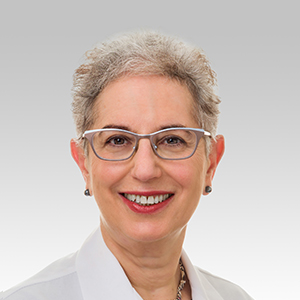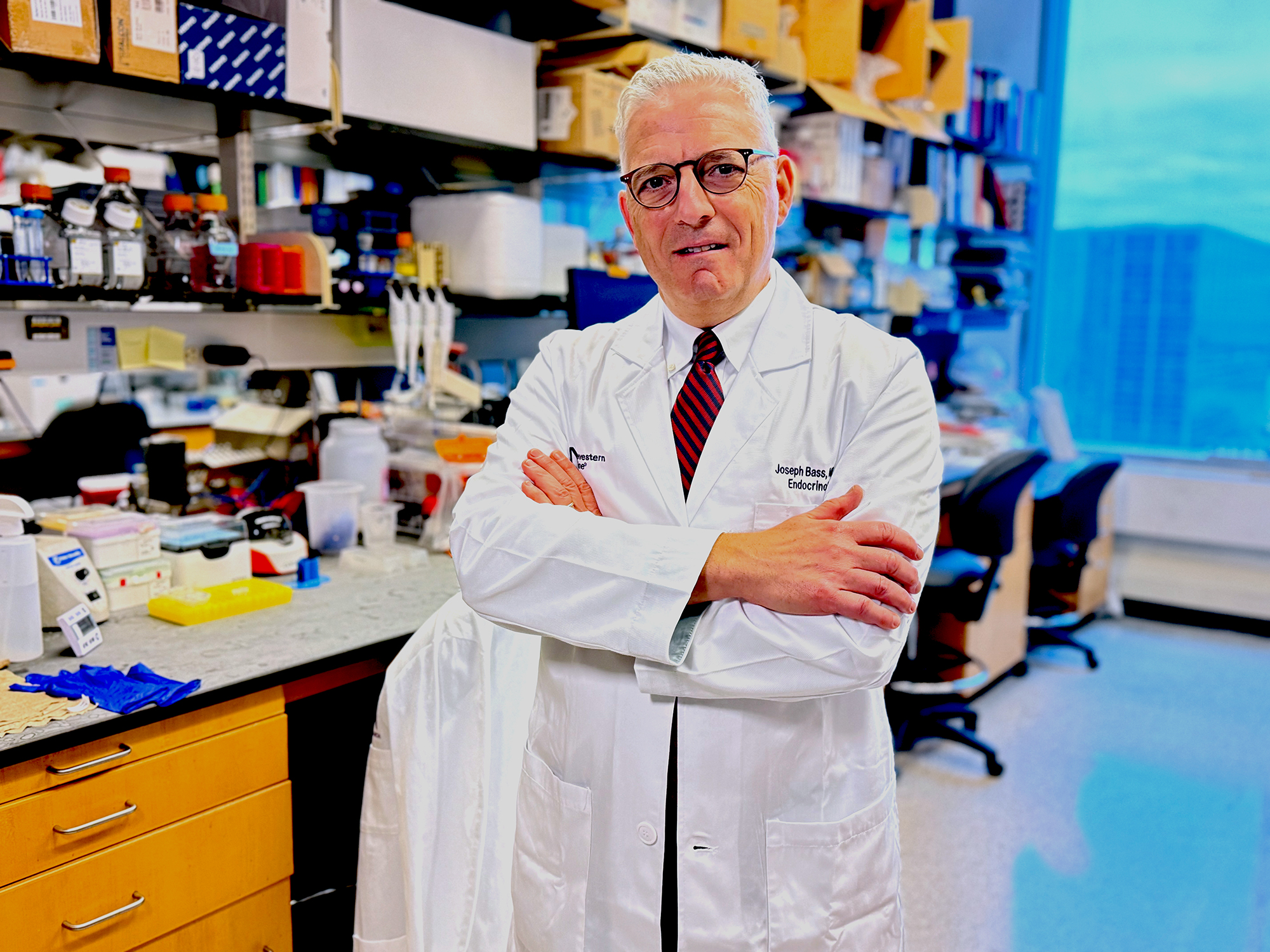
Adding a checkpoint inhibitor to conventional ifosfamide, carboplatin, and etoposide (ICE) chemotherapy improved outcomes for patients with relapsed or refractory classic Hodgkin lymphoma, according to a Northwestern Medicine phase II clinical trial published in JAMA Oncology.
“Previously, the complete response rate with conventional ICE chemotherapy was in the range of 40 to 50 percent. Patients who achieve a complete response to second-line therapies such as ICE stand the best chance of a durable remission when they proceed to autologous stem cell transplant for consolidation and a complete response is a precondition for autologous stem cell transplant at many centers. Adding the checkpoint inhibitor pembrolizumab to ICE increased the complete response rate to 86 percent, so the vast majority of patients could be expected to do well with an autotransplant,” said Jane Winter, MD, professor of Medicine in the Division of Hematology and Oncology, a member of the Robert H. Lurie Comprehensive Cancer Center of Northwestern University and senior author of the study.
Hodgkin lymphoma originates in white blood cells called lymphocytes that proliferate at abnormal rates and cause swollen lymph nodes throughout the body, ultimately limiting the body’s ability to fight off infection.
First-line therapies for classic Hodgkin lymphoma include chemotherapy and radiation, but some patients will either fail to respond or relapse to standard regimens. Patients with relapsed or refractory Hodgkin lymphoma are divided into two groups: those who are eligible for a stem cell transplant and those who are not, which typically include older patients who are at a higher risk of complications.
In the current phase II clinical trial, 42 adult patients with relapsed or refractory classic Hodgkin lymphoma who were eligible for a stem cell transplant were given a combination of the checkpoint inhibitor pembrolizumab and ICE chemotherapy every 21 days for two cycles, followed by stem cell mobilization and collection, and then one additional cycle of pembrolizumab.
Classic Hodgkin lymphoma contains a genetic abnormality not seen in other solid tumors, making it exceptionally sensitive and susceptible to checkpoint inhibitors, Winter said.
“Hodgkin lymphoma is very different from most other tumors in that, only one percent of the cells in a biopsy are in fact malignant. These very large cells are the neoplastic Reed-Sternberg cells that have genetic alterations that lead to suppression of the immune response directed against the Reed-Sternberg cells. All the other cells in the biopsy are part of the immune response directed against the RS cells. Checkpoint inhibitors such as pembrolizumab intervene, permitting the immune response to proceed,” Winter said.
Patients’ responses to the combination therapy were then assessed using 18 F-fluorodeoxyglucose–positron emission tomography with computed tomography (FDG-PET/CT). Nearly all patients — roughly 87 percent — achieved complete responses, and went on to high-dose chemotherapy and an autologous stem cell transplant.
The results demonstrate that adding a checkpoint inhibitor to conventional chemotherapy is more effective in comparison to chemotherapy-only regimens for treating relapsed or refractory classic Hodgkin lymphoma.
“In another previously reported clinical trial from our group, we showed that the addition of pembrolizumab to frontline therapy is extremely effective, with all patients in that trial achieving complete remissions. This treatment strategy has the potential to reduce the number of patients who require more aggressive treatment interventions, including stem cell transplants. We’re hopeful that ultimately patients will receive checkpoint inhibitors as part of their frontline therapy, so we won’t be in the position of having patients who are refractory to initial therapy or relapse, and then require second-line therapy and stem cell transplant,” Winter said.
Co-authors include Hatice Savas, MD, associate professor of Radiology in the Divisions of Cardiovascular and Thoracic Imaging and Nuclear Medicine; Reem Karmali, MD, MS, associate professor of Medicine in the Division of Hematology and Oncology; Joan Chmiel, PhD, professor of Preventive Medicine in the Division of Biostatistics; Jayesh Mehta, MD, the Chez Family Professor of Myeloma Research; and Leo Gordon, MD, the Abby and John Friend Professor of Oncology Research.
Karmali, Mehta and Gordon are members of the Lurie Cancer Center.
This work was supported by Merck Sharp & Dohme LLC and the National Cancer Institute.






